Our samples closely match prototype drawings published in the Model Railroader Cyclopedia: Volume 2, Diesel Locomotives. The model’s body dimensions are correct, as are the contours of the Raymond Loewy-designed hoods and cab windows.
These road switchers are assembled from different combinations of parts, including three body shells; two cabs; two running board, sill, and step assemblies; and two styles of truck sideframes. The windows, headlights, and classification lights are clear styrene.
Atlas supplies the sideframe style that’s appropriate for the specific prototype locomotive. Two versions were used, including Association of American Railroads type B road switcher design with a straight-bottom equalizer and FM’s own C-Liner design with a curved-bottom equalizer. The chassis is held in the body shell by four small detents above the trucks. Gently spreading the body allows the chassis to drop out. The body is filled by the mechanism, weight, and a printed circuit (PC) board containing the headlight and classification light circuitry.
The class lights on the corners of the units change color between red and green with the direction of movement. A red indication to the rear is fine if the locomotive is running light or as a rear-end pusher, but green displayed on the front indicates there’s another section of a scheduled train following. On Digital Command Control (DCC) locomotives, these lights can be turned off.
A decoder replaces the regular PC board in models equipped with DCC. The mechanism follows the common N scale split-chassis design. It has a five-pole, open-frame, skew-wound motor, with brass flywheels; the motor is mounted between the zinc-alloy frame castings. Universal joints and brass worms drive both trucks so all wheels are powered and pick up electricity.
The sample models started and ran smoothly at normal operating speeds below 6 volts. However, their top speed is well above the prototype’s maximum 85 mph passenger gearing. The drawbar pull is equivalent to about 12 cars on straight and level track. The wheelsets on our samples matched the National Model Railroad Association N scale standards gauge. Our sample H-15-44 came neatly decorated in the Central RR of New Jersey’s dark blue and orange, while the H-16-44 carries the New York Central’s lightning stripes. All of the painting is first rate with sharply printed lettering, including the number boards.
These early FM road switchers are great additions to the hobby’s fleet of N scale first-generation diesel locomotives.
Price: $104.95 or $139.95 with decoder
Manufacturer:
Atlas Model Railroad Co. Inc.
378 Florence Ave.
Hillside, NJ 07205-1799
www.atlasrr.com
Description:
Plastic and metal ready-to-run locomotives
Features:
Accumate knuckle couplers Blackened metal wheels Decoder-equipped (Lenz) option Directional red and green LED class lamps and headlights Drawbar pull: .5 ounce Dual flywheel drive Engine weight: 2.5 ounces Minimum radius 9″ PC boards in DC units can be easily replaced with a DCC decoder White LED headlights
Road names:
- H15-44 (Early Loewy body and cab with body-mounted handrails): Central of Georgia, Central RR of New Jersey, Denver & Rio Grande Western, Kansas City Southern (black, red, and yellow), Rock Island,Union Pacific, and undecorated
- H16-44 (Early Loewy body and cab with sill-mounted handrails): Atchison, Topeka & Santa Fe (black and silver); New York Central; New York, New Haven & Hartford (green and orange); and undecorated





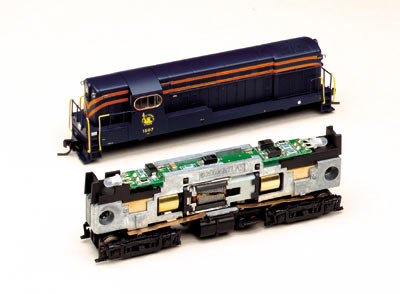
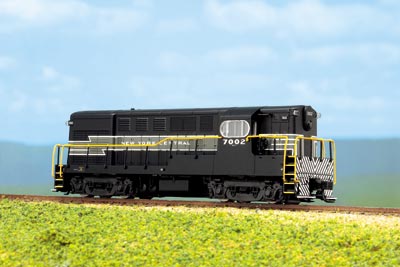

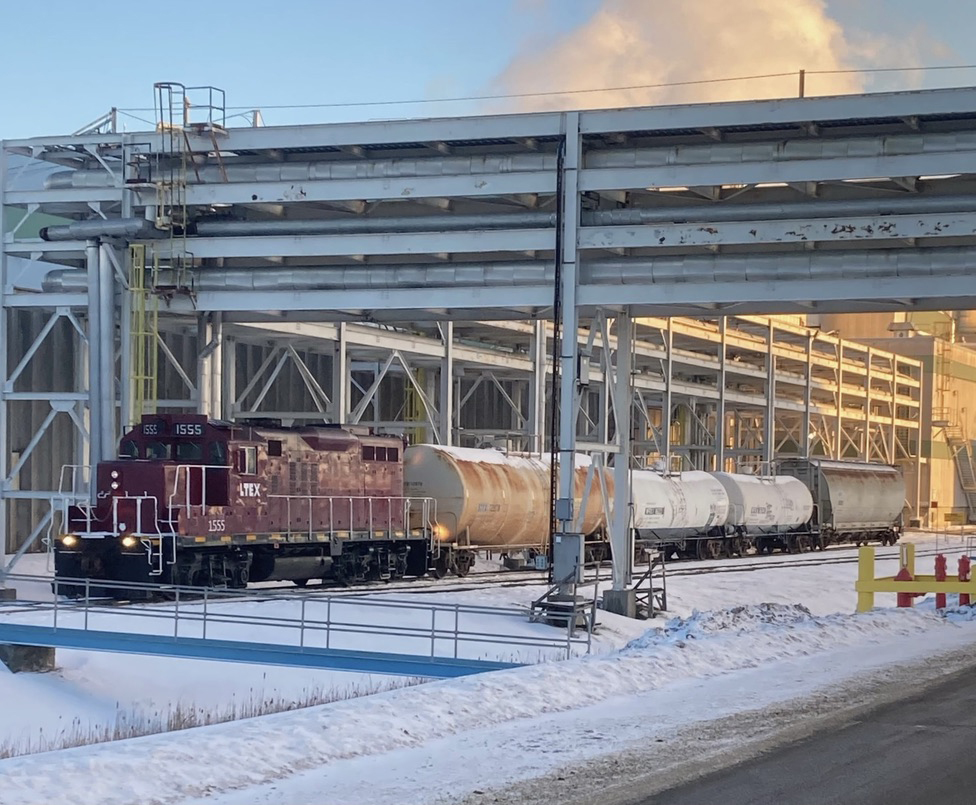

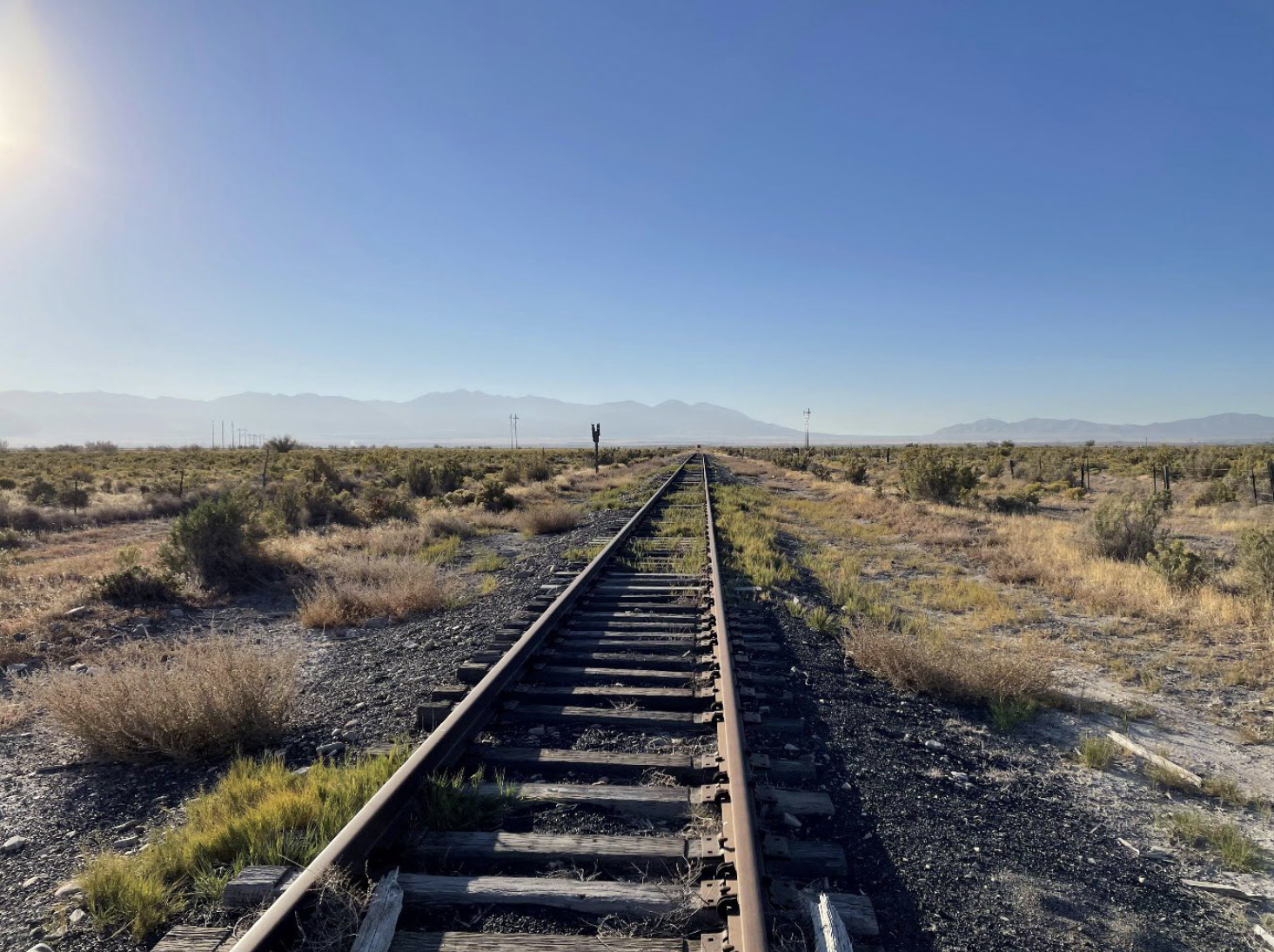
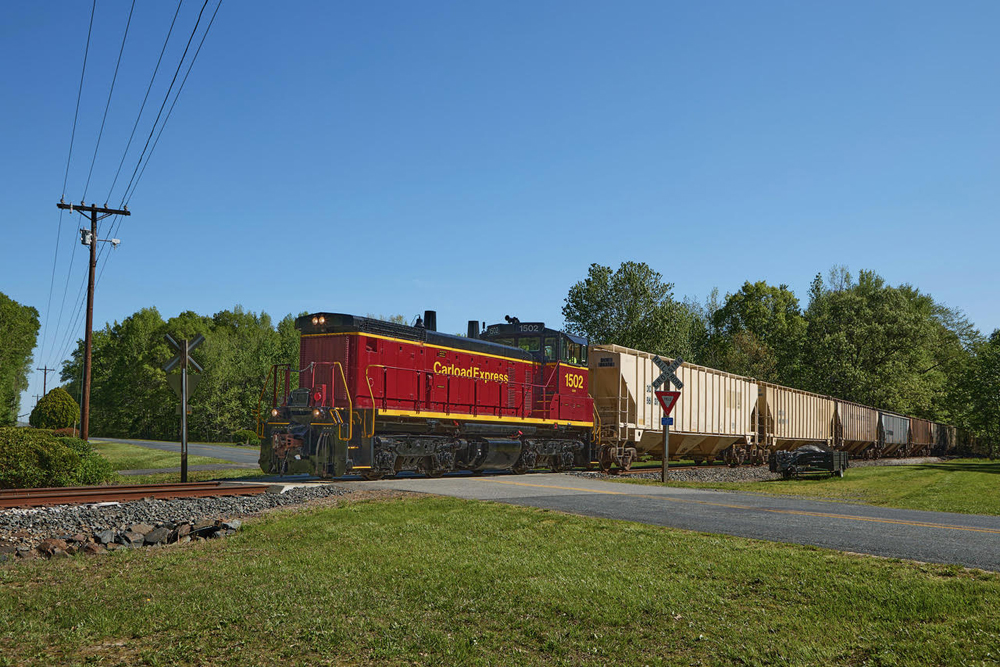




I picked up one of these locos DCC equipped from Amazon for 49.99!! in Dec 2016. It runs great and in KATY livery is foreign to my home road layout but a cool addition. The classification lites are neat and the headlight has two settings of brightness.
I have 2 of these units, both are excellent and look completely out of touch on my Alpine/Euro/Bavarian layout 😉